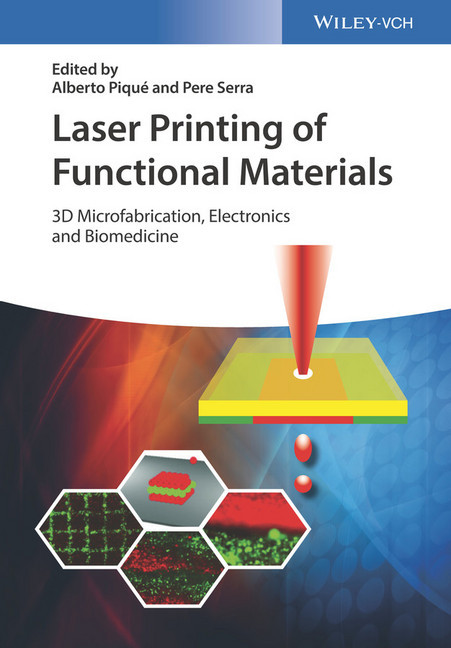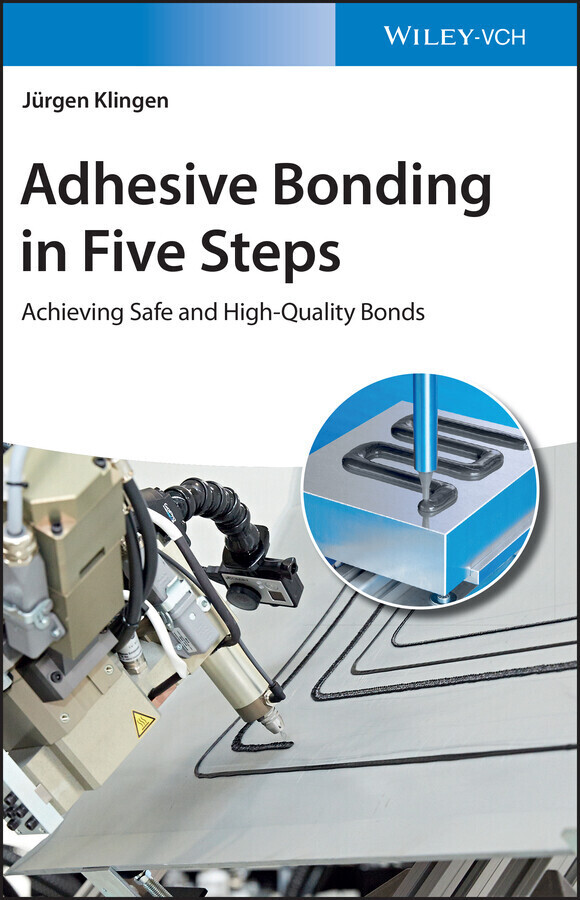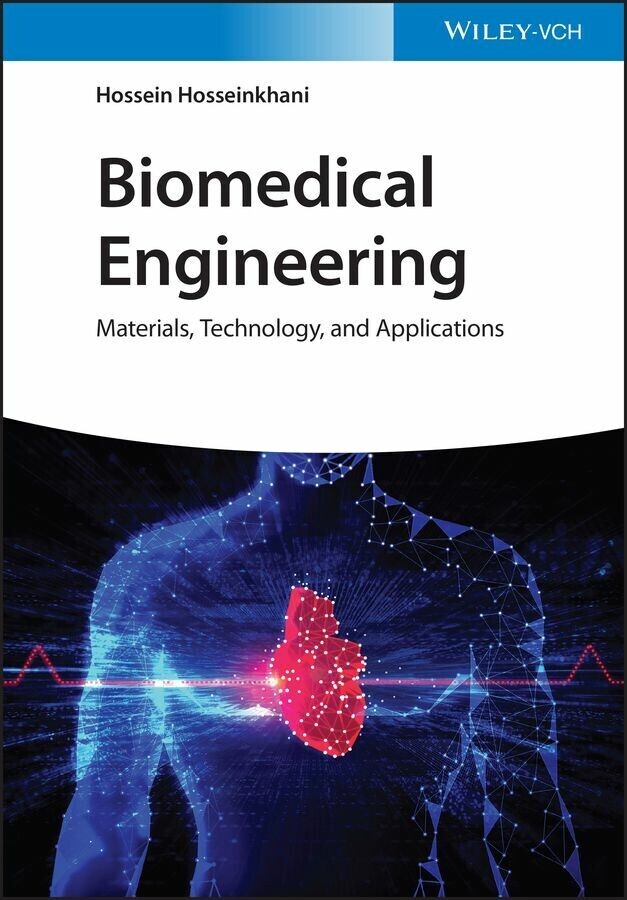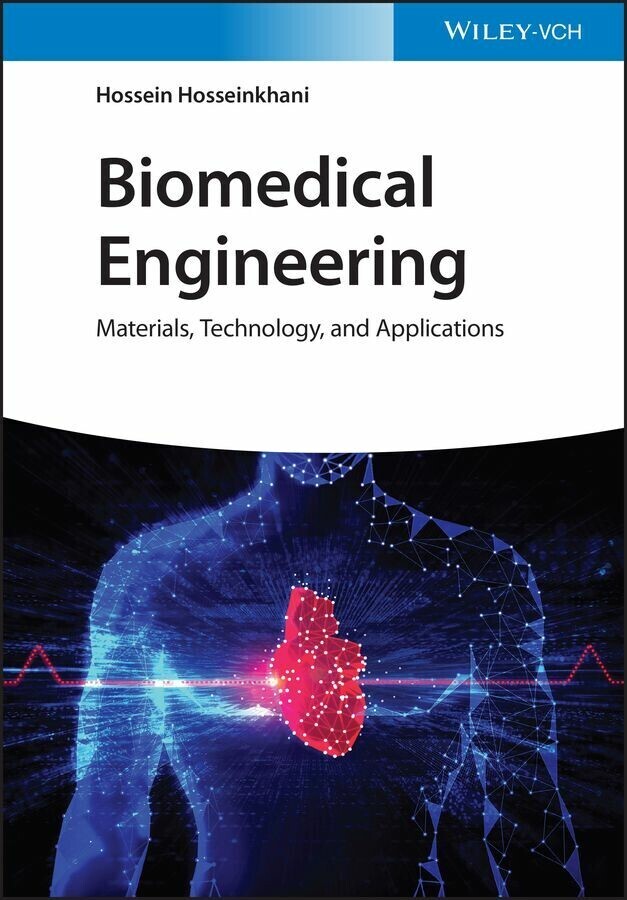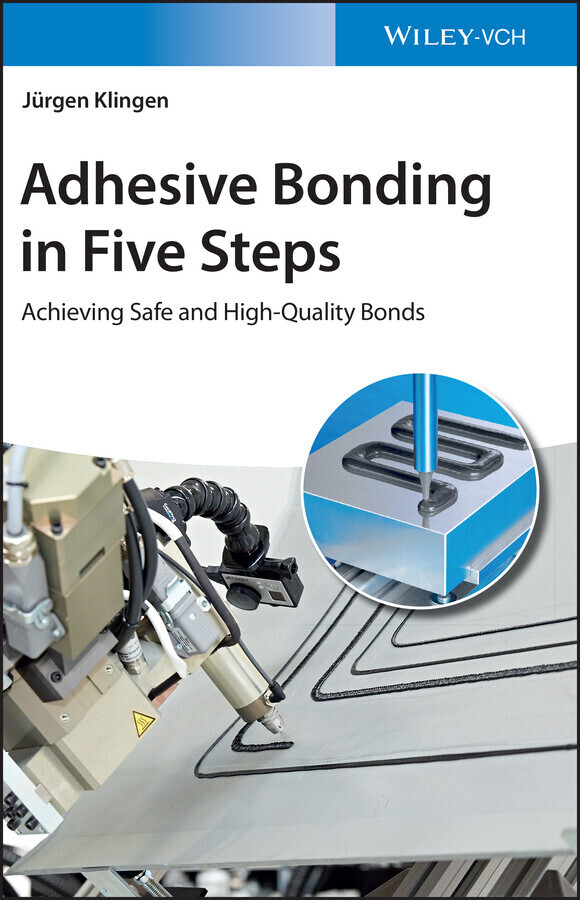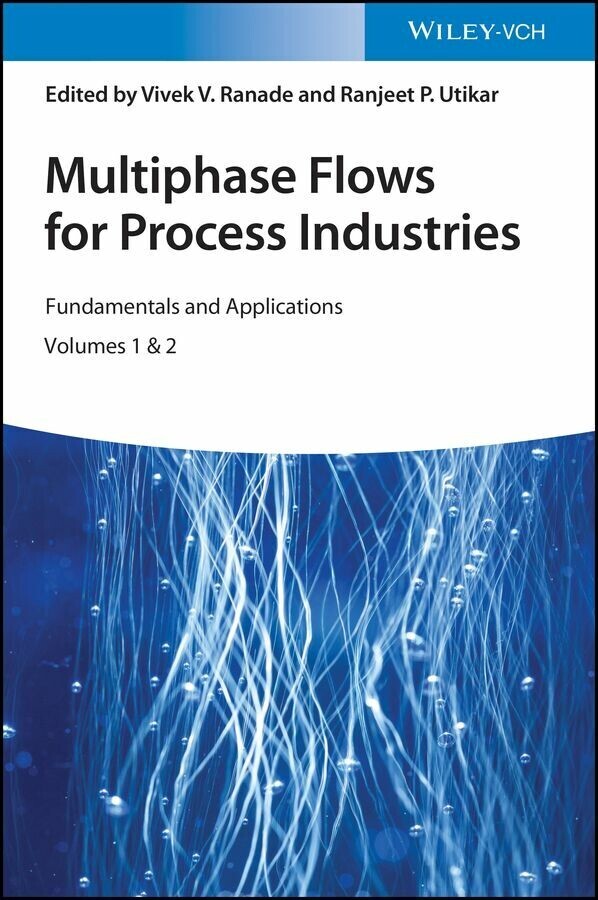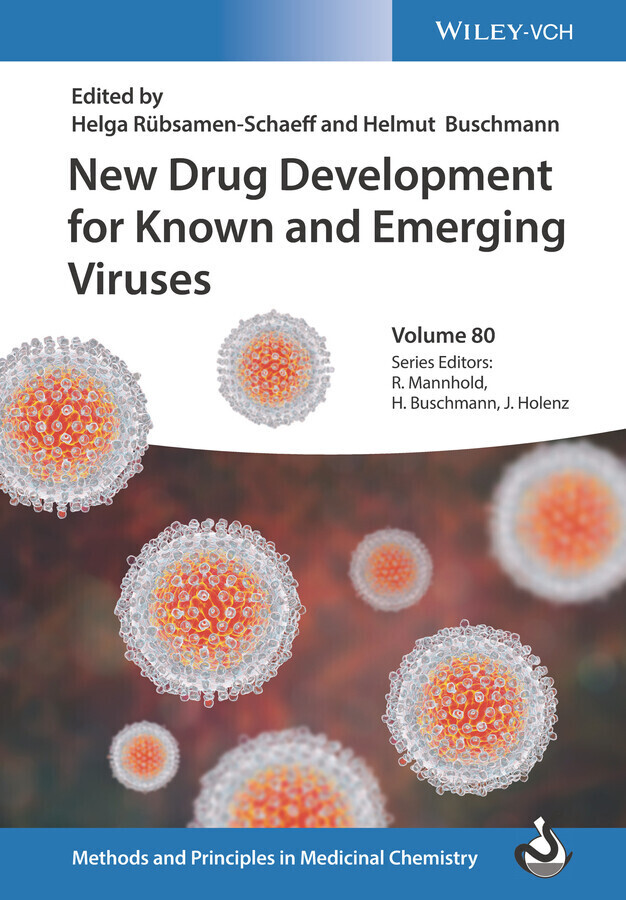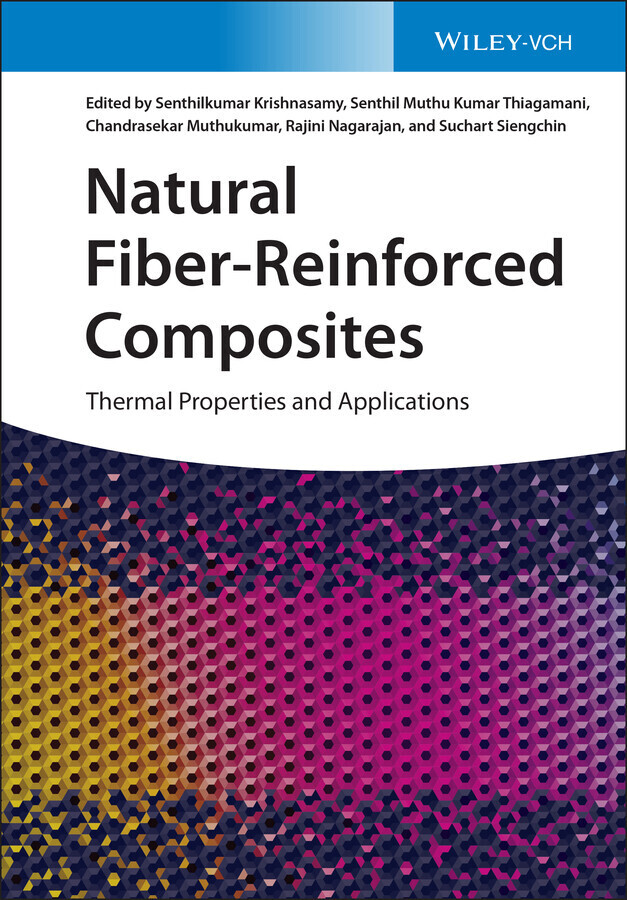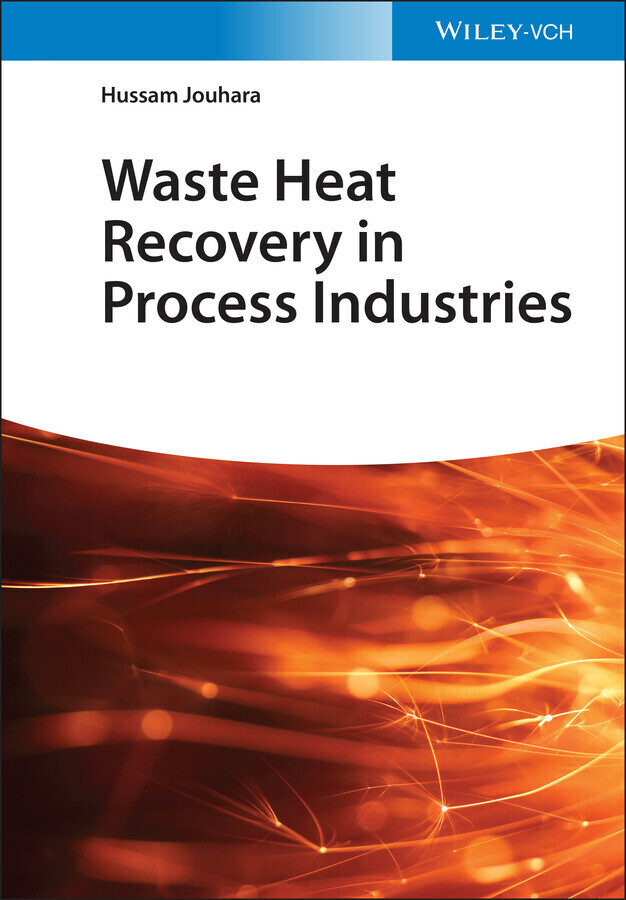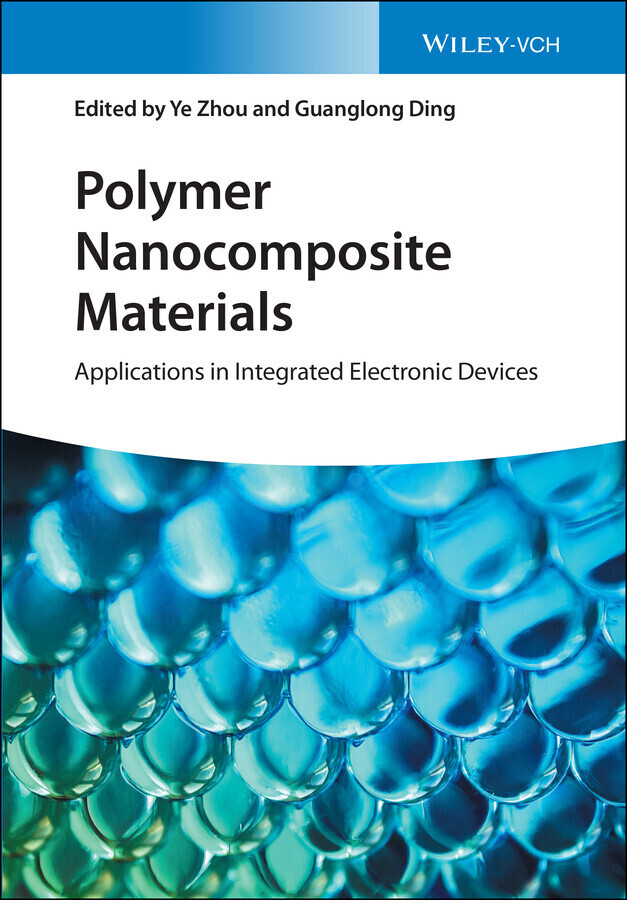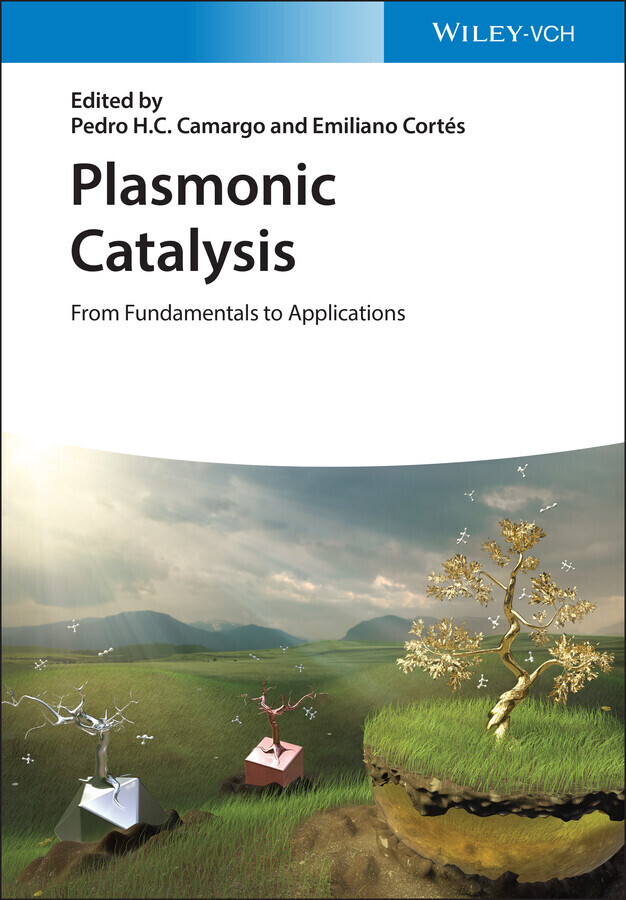Laser Printing of Functional Materials
3D Microfabrication, Electronics and Biomedicine
The first book on this hot topic includes such major research areas as printed electronics, sensors, biomaterials and 3D cell printing.
Well-structured and with a strong focus on applications, the text is divided in three sections with the first describing the fundamentals of laser transfer. The second provides an overview of the wide variety of materials that can be used for laser transfer processing, while the final section comprehensively discusses a number of practical uses, including printing of electronic materials, printing of 3D structures as well as large-area, high-throughput applications. The book is rounded off by a look at the future for laser printed materials.
Invaluable reading for a broad audience ranging from material developers to mechanical engineers, from academic researchers to industrial developers and for those interested in the development of micro-scale additive manufacturing techniques.
Dr. Alberto Pique is Head of the Materials and Systems Branch in the Materials Science Division at the Naval Research Laboratory. His research focuses on the study and applications of laser-material interactions. Dr. Pique and his group have pioneered the use of laser-based direct-write techniques for the rapid prototyping of electronic, sensor and micro-power generation devices. Dr. Pique holds a B.S. and M.S. in Physics from Rutgers University and a Ph.D. in Materials Science and Engineering from the University of Maryland. He is a SPIE (2012) and APS (2014) Fellow. To date, his research has resulted in over 200 scientific publications, 14 book chapters and 22 U.S. patents.
Dr. Pere Serra is professor at the Department of Applied Physics of the University of Barcelona. He received his Ph.D. from the same university in 1997. His research has been devoted to multiple topics in the laser materials processing area, from pulsed laser deposition to laser surface treatments. In the last years he has focused his activity on laser microfabrication technologies, with a special attention to laser printing techniques for the fabrication of biomedical and printed electronic devices. He has co-authored 95 publications in international journals, has given more than 20 invited talks, and served as co-chair and committee member in numerous international conferences. He is currently co-editor of the Journal of Laser Micro/Nanoengineering.
Well-structured and with a strong focus on applications, the text is divided in three sections with the first describing the fundamentals of laser transfer. The second provides an overview of the wide variety of materials that can be used for laser transfer processing, while the final section comprehensively discusses a number of practical uses, including printing of electronic materials, printing of 3D structures as well as large-area, high-throughput applications. The book is rounded off by a look at the future for laser printed materials.
Invaluable reading for a broad audience ranging from material developers to mechanical engineers, from academic researchers to industrial developers and for those interested in the development of micro-scale additive manufacturing techniques.
Dr. Alberto Pique is Head of the Materials and Systems Branch in the Materials Science Division at the Naval Research Laboratory. His research focuses on the study and applications of laser-material interactions. Dr. Pique and his group have pioneered the use of laser-based direct-write techniques for the rapid prototyping of electronic, sensor and micro-power generation devices. Dr. Pique holds a B.S. and M.S. in Physics from Rutgers University and a Ph.D. in Materials Science and Engineering from the University of Maryland. He is a SPIE (2012) and APS (2014) Fellow. To date, his research has resulted in over 200 scientific publications, 14 book chapters and 22 U.S. patents.
Dr. Pere Serra is professor at the Department of Applied Physics of the University of Barcelona. He received his Ph.D. from the same university in 1997. His research has been devoted to multiple topics in the laser materials processing area, from pulsed laser deposition to laser surface treatments. In the last years he has focused his activity on laser microfabrication technologies, with a special attention to laser printing techniques for the fabrication of biomedical and printed electronic devices. He has co-authored 95 publications in international journals, has given more than 20 invited talks, and served as co-chair and committee member in numerous international conferences. He is currently co-editor of the Journal of Laser Micro/Nanoengineering.
1;Cover;1 2;Title Page;5 3;Copyright;6 4;Contents;7 5;Preface;17 6;Part I Fundamentals;19 6.1;Chapter 1 Introduction to Laser?Induced Transfer and Other Associated Processes;21 6.1.1;1.1 LIFT and Its Derivatives;21 6.1.2;1.2 The Laser Transfer Universe;23 6.1.3;1.3 Book Organization and Chapter Overview;26 6.1.4;1.4 Looking Ahead;30 6.1.5;Acknowledgments;31 6.1.6;References;31 6.2;Chapter 2 Origins of Laser?Induced Transfer Processes;35 6.2.1;2.1 Introduction;35 6.2.2;2.2 Early Work in Laser?Induced Transfer;35 6.2.3;2.3 Overview of Laser?Induced Forward Transfer;37 6.2.3.1;2.3.1 Transferring Metals and Other Materials with Laser?Induced Forward Transfer (LIFT);39 6.2.3.2;2.3.2 Limitations of the Basic LIFT Technique;40 6.2.3.3;2.3.3 The Role of the Donor Substrate;40 6.2.3.4;2.3.4 Use of a Dynamic Release Layer (DRL)?LIFT;42 6.2.3.5;2.3.5 LIFT with Ultrashort Laser Pulses;43 6.2.4;2.4 Other Laser?Based Transfer Techniques Inspired by LIFT;45 6.2.4.1;2.4.1 Matrix?Assisted Pulsed Laser Evaporation?Direct Write (MAPLE?DW) Technique;45 6.2.4.2;2.4.2 LIFT of Composite Matrix?Based Materials;45 6.2.4.3;2.4.3 Hydrogen?Assisted LIFT;46 6.2.4.4;2.4.4 Long?Pulsed LIFT;46 6.2.4.5;2.4.5 Laser Molecular Implantation;47 6.2.4.6;2.4.6 Laser?Induced Thermal Imaging;48 6.2.5;2.5 Other Studies on LIFT;49 6.2.6;2.6 Conclusions;49 6.2.7;References;50 6.3;Chapter 3 LIFT Using a Dynamic Release Layer;55 6.3.1;3.1 Introduction;55 6.3.2;3.2 Absorbing Release Layer - Triazene Polymer;58 6.3.3;3.3 Front? and Backside Ablation of the Triazene Polymer;60 6.3.4;3.4 Examples of Materials Transferred by TP?LIFT;61 6.3.5;3.5 First Demonstration of Devices: OLEDs and Sensors;65 6.3.5.1;3.5.1 Organic Light Emitting Diode (OLEDs);65 6.3.5.2;3.5.2 Sensors;67 6.3.6;3.6 Variation of the DRL Approach: Reactive LIFT;70 6.3.7;3.7 Conclusions and Perspectives;72 6.3.8;Acknowledgments;73 6.3.9;Conflict of Interest;73 6.3.10;References;73 6.4;Chapter 4 Laser?Induced Forward Transfer of Fluids;81 6.4.1;4.1 Introduction to the LIFT of Fluids;81 6.4.1.1;4.1.1 Origin;82 6.4.1.2;4.1.2 Principle of Operation;83 6.4.1.3;4.1.3 Developments;84 6.4.2;4.2 Mechanisms of Fluid Ejection and Deposition;85 6.4.2.1;4.2.1 Jet Formation;85 6.4.2.2;4.2.2 Droplet Deposition;87 6.4.3;4.3 Printing Droplets through LIFT;90 6.4.3.1;4.3.1 Role of the Laser Parameters;90 6.4.3.2;4.3.2 Role of the Fluid Properties;94 6.4.3.3;4.3.3 Setup Parameters;94 6.4.4;4.4 Printing Lines and Patterns with LIFT;96 6.4.5;4.5 Summary;99 6.4.6;Acknowledgments;100 6.4.7;References;100 6.5;Chapter 5 Advances in Blister?Actuated Laser?Induced Forward Transfer (BA?LIFT);109 6.5.1;5.1 Introduction;109 6.5.2;5.2 BA?LIFT Basics;111 6.5.3;5.3 Why BA?LIFT?;112 6.5.4;5.4 Blister Formation;115 6.5.4.1;5.4.1 Dynamics of Blister Formation;115 6.5.4.2;5.4.2 Finite Element Modeling of Blister Formation;120 6.5.5;5.5 Jet Formation and Expansion;123 6.5.5.1;5.5.1 Computational Fluid Dynamics Model;124 6.5.5.2;5.5.2 Effect of the Laser Energy;126 6.5.5.3;5.5.3 Effect of the Ink Film Properties;129 6.5.6;5.6 Application to the Transfer of Delicate Materials;131 6.5.7;5.7 Conclusions;135 6.5.8;References;135 6.6;Chapter 6 Film?Free LIFT (FF?LIFT);141 6.6.1;6.1 Introduction;141 6.6.2;6.2 Rheological Considerations in Traditional LIFT of Liquids;143 6.6.2.1;6.2.1 The Challenges behind the Preparation of a Thin Liquid Film;143 6.6.2.1.1;6.2.1.1 The Role of Spontaneous Instabilities;144 6.6.2.1.2;6.2.1.2 The Role of External Instabilities;146 6.6.2.2;6.2.2 Technologies for Thin?Film Preparation;147 6.6.2.3;6.2.3 Wetting of the Receiver Substrate;148 6.6.3;6.3 Fundamentals of Film?Free LIFT;149 6.6.3.1;6.3.1 Cavitation?Induced Phenomena for Printing;149 6.6.3.2;6.3.2 Jet Formation in Film?Free LIFT;150 6.6.3.3;6.3.3 Differences with LIFT of Liquids;152 6.6.4;6.4 Implementation and Optical Considerations;153 6.6.4.1;6.4.1 Laser Source;153 6.6.4.2;6.4.2 Forward (Inverted) versus Backward (Upright) Systems;154 6.6.4.3;6.4.3 Spherical Aberra
| ISBN | 9783527805136 |
|---|---|
| Artikelnummer | 9783527805136 |
| Medientyp | E-Book - PDF |
| Copyrightjahr | 2018 |
| Verlag | Wiley-VCH |
| Umfang | 480 Seiten |
| Sprache | Englisch |
| Kopierschutz | Adobe DRM |

